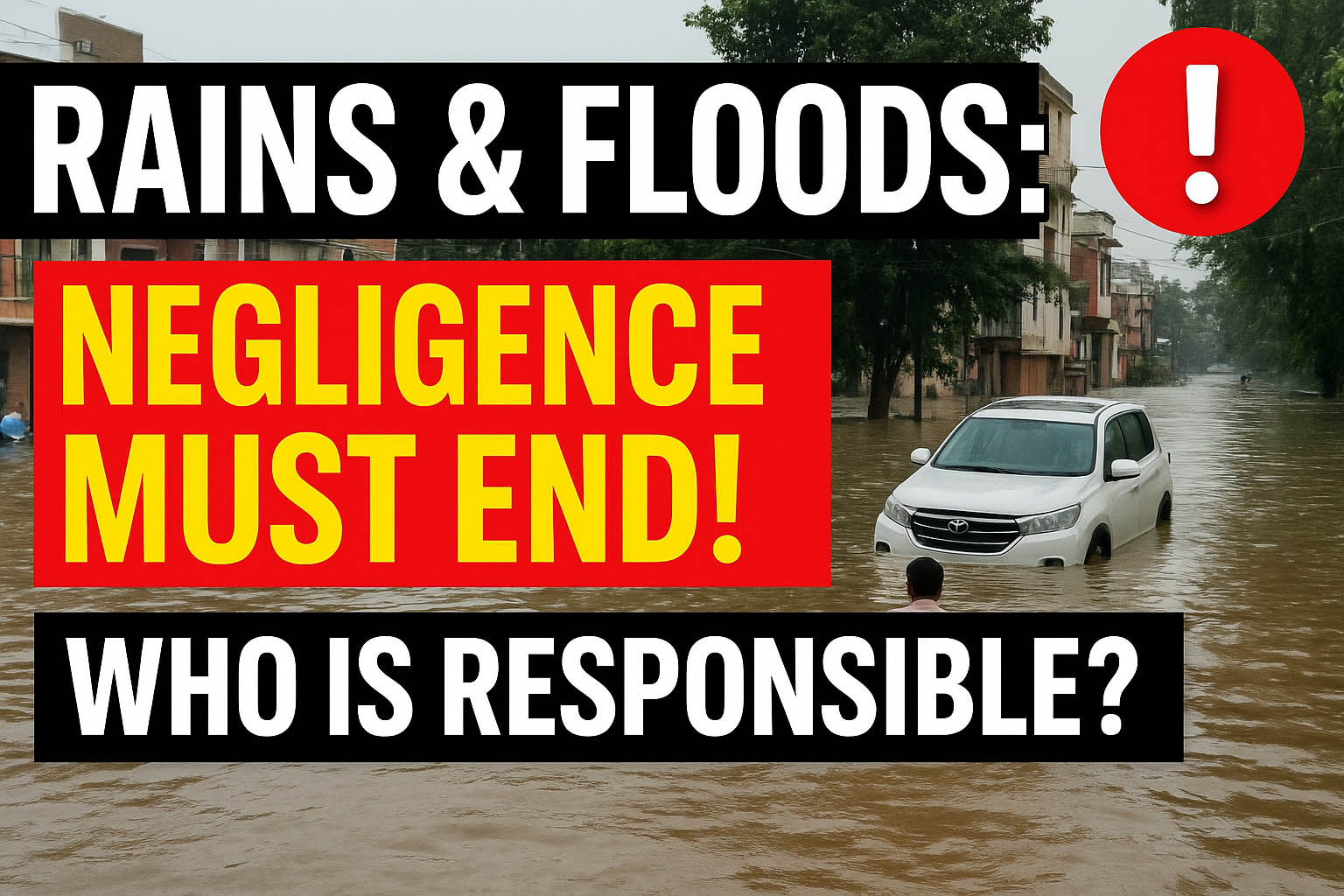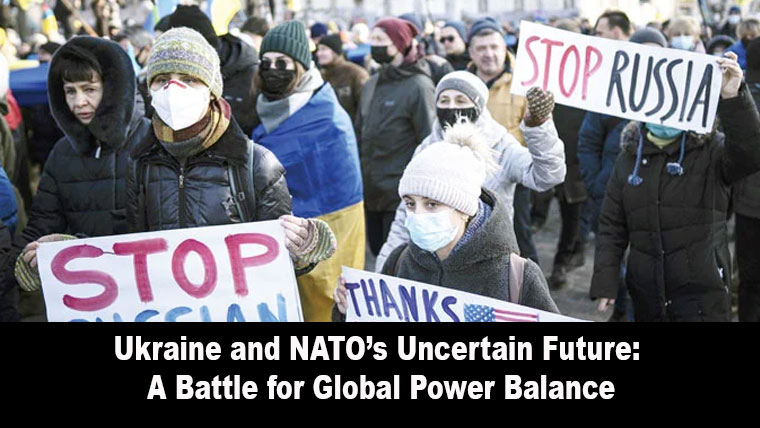Every year, heavy rains and devastating floods bring untold suffering to thousands of families across Pakistan and other vulnerable regions of the world. Homes are washed away, crops are destroyed, and precious lives are lost. Yet, despite decades of repeated disasters, one pressing question remains: how long will negligence continue?
The Recurring Cycle of Disaster
Monsoon rains are not unexpected; they arrive every year. But the tragedy lies in the lack of preparation. Poor urban planning, inadequate drainage systems, and the absence of flood management strategies all contribute to turning natural rainfall into a national disaster. Rivers overflow, dams fail to manage excess water, and weak infrastructure collapses—leaving millions at risk.
Human Cost of Negligence
The human toll of floods is immeasurable. Families lose not just their homes but also their livelihoods. Children are deprived of education as schools turn into shelters. Diseases spread rapidly through contaminated water, creating a health crisis on top of the natural calamity. Each year, stories of helpless families waiting for rescue serve as a painful reminder of how vulnerable communities remain ignored until tragedy strikes.
Government Responsibility
The responsibility to prevent such disasters rests with the state. Despite promises after every flood season, long-term policies remain missing. Rescue efforts, though often heroic, cannot replace the importance of disaster preparedness. Authorities need to shift from a reactive approach to a proactive strategy by investing in flood control systems, building stronger embankments, and introducing early warning mechanisms.
Climate Change Factor
Adding to the crisis is the undeniable role of climate change. Pakistan, for instance, contributes less than 1% to global greenhouse gas emissions but faces disproportionate consequences. Rising global temperatures are intensifying monsoons, melting glaciers, and causing unpredictable weather patterns. Without global cooperation and local adaptation, such extreme weather events will only grow more destructive.
The Role of Citizens
While government negligence is undeniable, citizens also play a role. Encroachment on riverbanks, illegal construction in flood-prone areas, and careless urbanization worsen the impacts of floods. Public awareness campaigns are essential to educate communities about the dangers of unsafe housing and the importance of environmental conservation.
Path Toward a Safer Future
The cycle of negligence must end. Investment in modern water management, climate-resilient infrastructure, and sustainable urban planning is the only way forward. Early warning systems must be upgraded, relief funds must be transparent, and collaboration between government, NGOs, and local communities is essential.
Floods are natural, but disasters caused by them are man-made. If lessons are not learned now, the future will only bring more destruction, loss, and grief. The time to act is now—because negligence costs lives.



